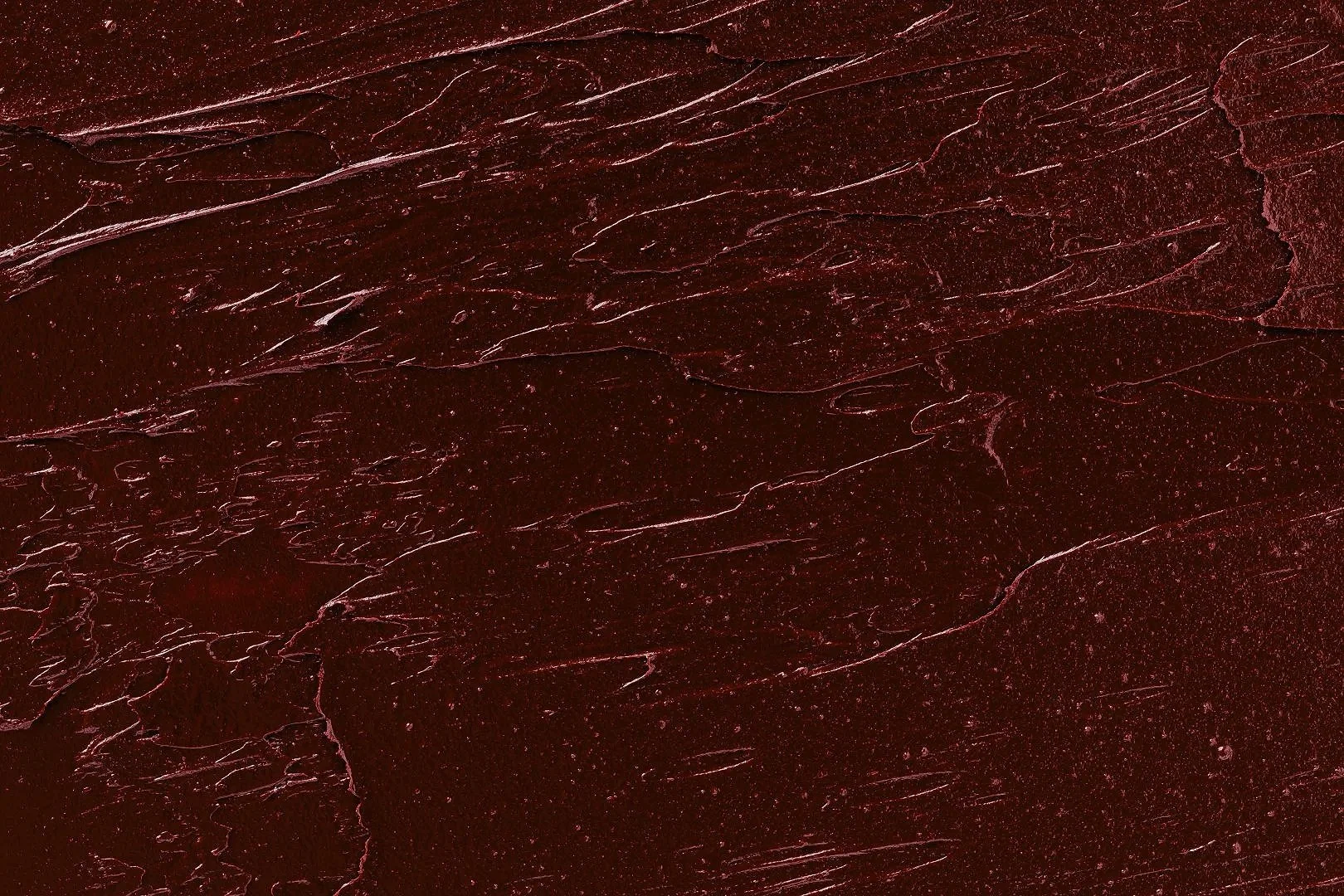Curating an effective skincare routine requires mindfulness and attention to detail. Knowing how to tell if a skincare product has expired is an important part of the process. Admittedly, skincare items can be pricey, so it may be tempting to use them past their expiration date. However, skincare products do expire, and knowing when to discard them is essential for the health and safety of your skin.
Expired products lose their effectiveness because their active ingredients break down and become less potent over time. Additionally, expired products, especially those with compromised preservatives, can become breeding grounds for bacteria, mold, and fungi. Using these products can introduce harmful microorganisms to your skin, increasing the risk of breakouts, irritation, and infections.
If you’re worried that a skincare product may have expired, here’s what to look for.
Expiration Date: Look for expiration dates printed on the packaging, or a Period After Opening (PAO) symbol (usually a jar with an open lid and a number followed by “M”). This symbol indicates the shelf life of the product after opening.
Changes in Appearance: Changes in how a product looks can include alterations in color or texture. Some products might develop a yellow or brownish tint, such as ingredients like vitamin C, which can oxidize when exposed to air. Similarly, if a product becomes runny, lumpy, or grainy, it may have expired. Separation of ingredients is also a sign that a product has gone bad. Watch for visible layers with different colors or textures from the rest of the product.
Changes in Odor: A change in odor, especially a rancid or unpleasant smell, indicates that the product may have expired.
Tips for Extending Shelf Life
It’s important to remember that some products expire sooner than others, depending on their ingredients and how they’re used. Products with natural or organic ingredients, or products labeled as “paraben-free,” generally expire more quickly. Cream formulations like face or body moisturizers tend to expire faster than oil-based products. Products in pump bottles usually last longer because they are less exposed to bacteria and oxygen.
That said, follow these tips if you want to help extend the shelf life of your products.
Be Mindful of Storage: Most skincare products perform better when kept in a cool, dry, dark place. While skincare fridges are popular, they are not suitable for all products, so research which items should and shouldn’t be stored in them. Keep products out of direct sunlight and away from steamy or humid areas like the shower.
Keep Containers and Applicators Clean: Prevent bacteria growth by keeping product containers clean. Whenever possible, avoid dipping your fingers into products, or at least wash your hands thoroughly before use. Also, make sure that any applicators or brushes used for your skincare are kept clean.
